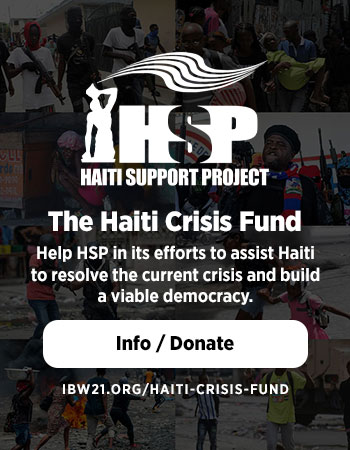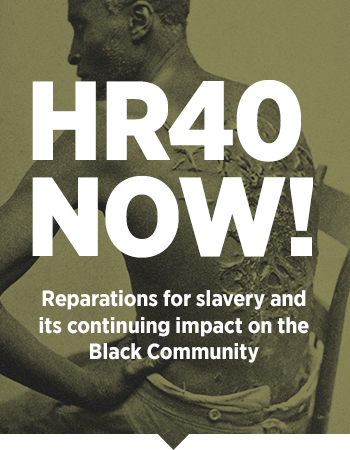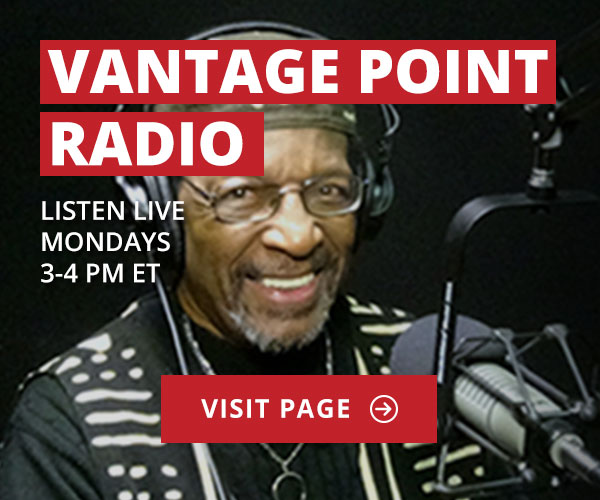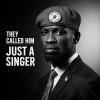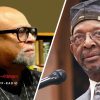New tensions erupted in St. Louis on Wednesday evening after an off-duty police officer shot and killed Vonderrit Myers Jr, an 18-year-old African American man. The officer, who has not been named, was working at his second job as a security guard but was still wearing his police uniform when the incident occurred.
There are no international laws or principles US imperialism is bound to respect. US imperialism’s “coalition of the willing” is waging war with ISIS…
With all of the discussion about ISIS/ISIL, Al Qaeda, etc., one would think that the only terror on this planet is that derived from relatively small numbers of criminal fascists…
The recent New York Times article about Henry Kissinger’s plans to launch air strikes against Cuba as reported in William LeoGrande’s recent book ‘Back Channel to Cuba’
FERGUSON MISSOURI – Missouri authorities are drawing up contingency plans and seeking intelligence from U.S. police departments on out-of-state agitators, fearing that fresh riots could erupt if a grand jury does not indict a white officer for killing a black teen.
“The value put on black life by the occupation force in Ferguson and in our communities across the country is no different than the value put on the lives of the “natives” in Afghanistan and Iraq by the U.S. occupation forces.”
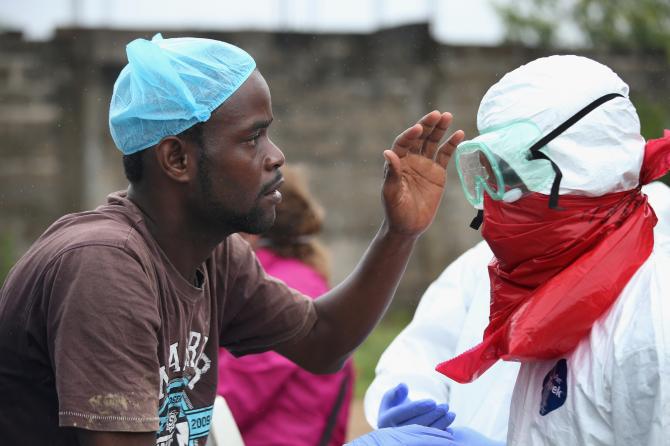
A Liberian burial team puts on protective clothing before retrieving the body of an Ebola victim from his home near Monrovia Aug. 17, 2014.
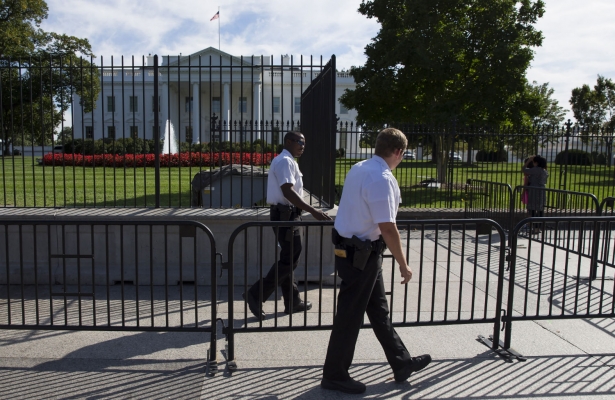
Reading details of the Secret Service’s failure to protect the president, I was jolted by a sudden premonition.
Though he was a dictator, Jean-Claude “Baby Doc” Duvalier is remembered best for rarely being in control.
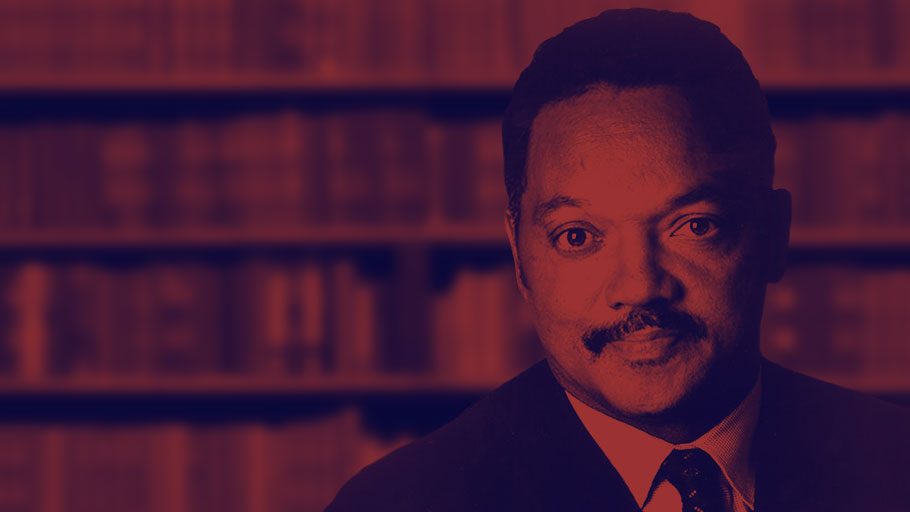
The spread of the deadly Ebola virus in Africa is a global health emergency. Countries around the world must join together to mobilize the resources…
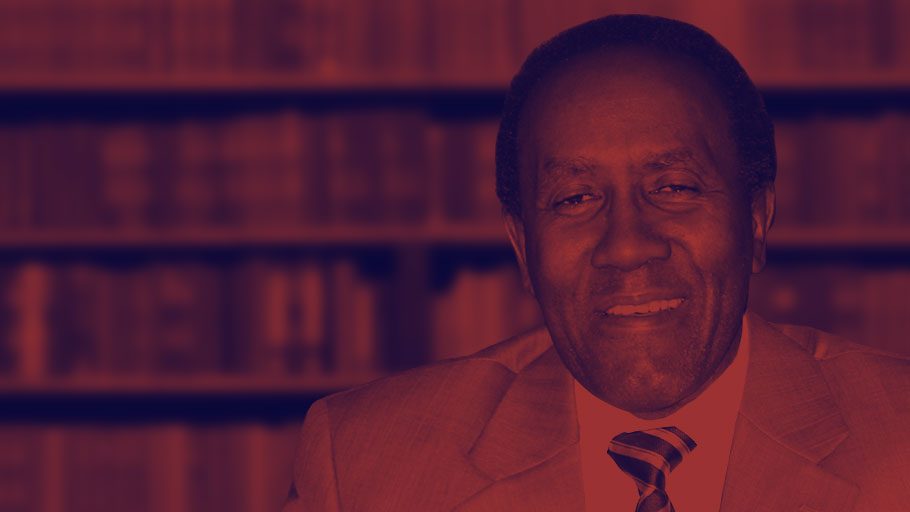
It was quite shocking to hear in the Government Oversight Committee hearings that the Secret Service was incapable of thwarting an intruder who had scaled the White House fence…
Like most people, Sergeant Matt Darisse believed driving with a broken tail light is against the law. He was wrong.

